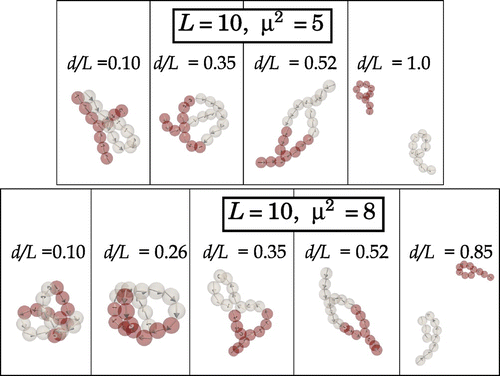Figures & data
Figure 1. (Colour online) Examples of the four basic different topologies of aggregates obtained in grand canonical Monte Carlo simulations for dipolar hard spheres. In these examples all the self-assembled structures have size .
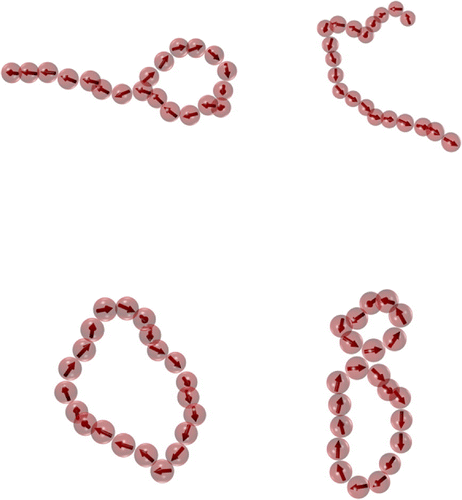
Figure 2. (Colour online) (a) Bead-spring model for the cross-linking of magnetic colloids forming polymer-like stabilised aggregates. See the main text for details. (b–f) Examples of the five different topologies of aggregates simulated in this work, all with size except (d): (b) linear chain; (c) ring; (d) X-junction of size
; (e) Type 1 Y-junction; (f) Type 2 Y-junction.
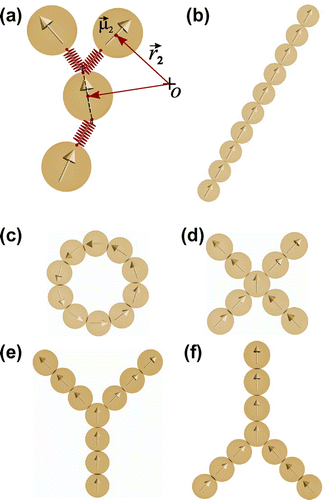
Figure 3. (Colour online) Probability distributions for two linear chain-like SMPs to form C self-assembled pair connections as a function of their relative characteristic separation, d / L. The values of and SMP size are provided in the legend. Snapshots of some typical configurations are shown for
. Snapshots for
are not provided for the sake of clarity due to their difficult visualisation. The colour scale indicates the probability of every value of C, ranging from white, for zero probability, to black for probability one.
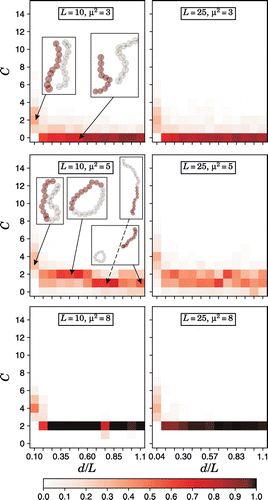
Figure 4. (Colour online) Typical structural motifs formed by linear SMPs with and
at a given relative separation d / L between the fixed central particles.
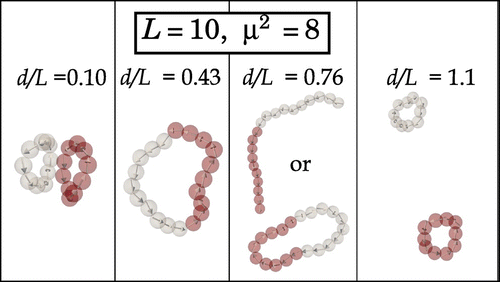
Figure 5. (Colour online) Probability distributions, indicated by a colour scale, for two ring SMPs to form C self-assembled connections as a function of their relative characteristic separation, d / L. The values of and SMP size are provided in the legend.
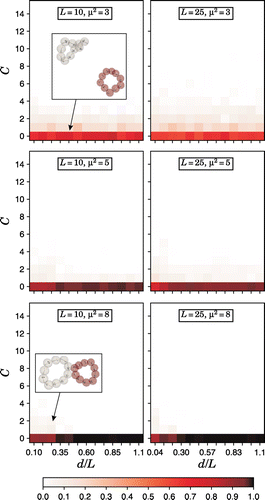
Figure 6. (Colour online) Probability distributions, indicated by a colour scale, for two X-junction SMPs to form C self-assembled connections as a function of their relative characteristic separation, d / L. The values of and SMP size are provided in the legend.
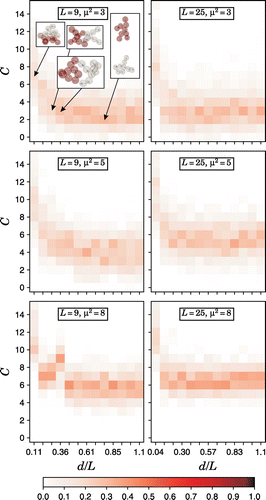
Figure 7. (Colour online) Typical structural motifs formed by two X-junction SMPs with size and different relative characteristic separation distances, d / L, observed for
(top row) and
(bottom row).
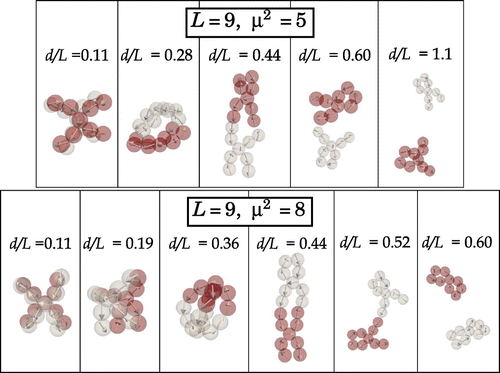
Figure 8. (Colour online) Probability distributions, indicated by a colour scale, for two SMPs of Y2-junction morphology to form C self-assembled connections as a function of their relative characteristic separation, d / L. The values of and SMP size are provided in the legend. These results are also representative for the case of the Y1-junction morphology.


